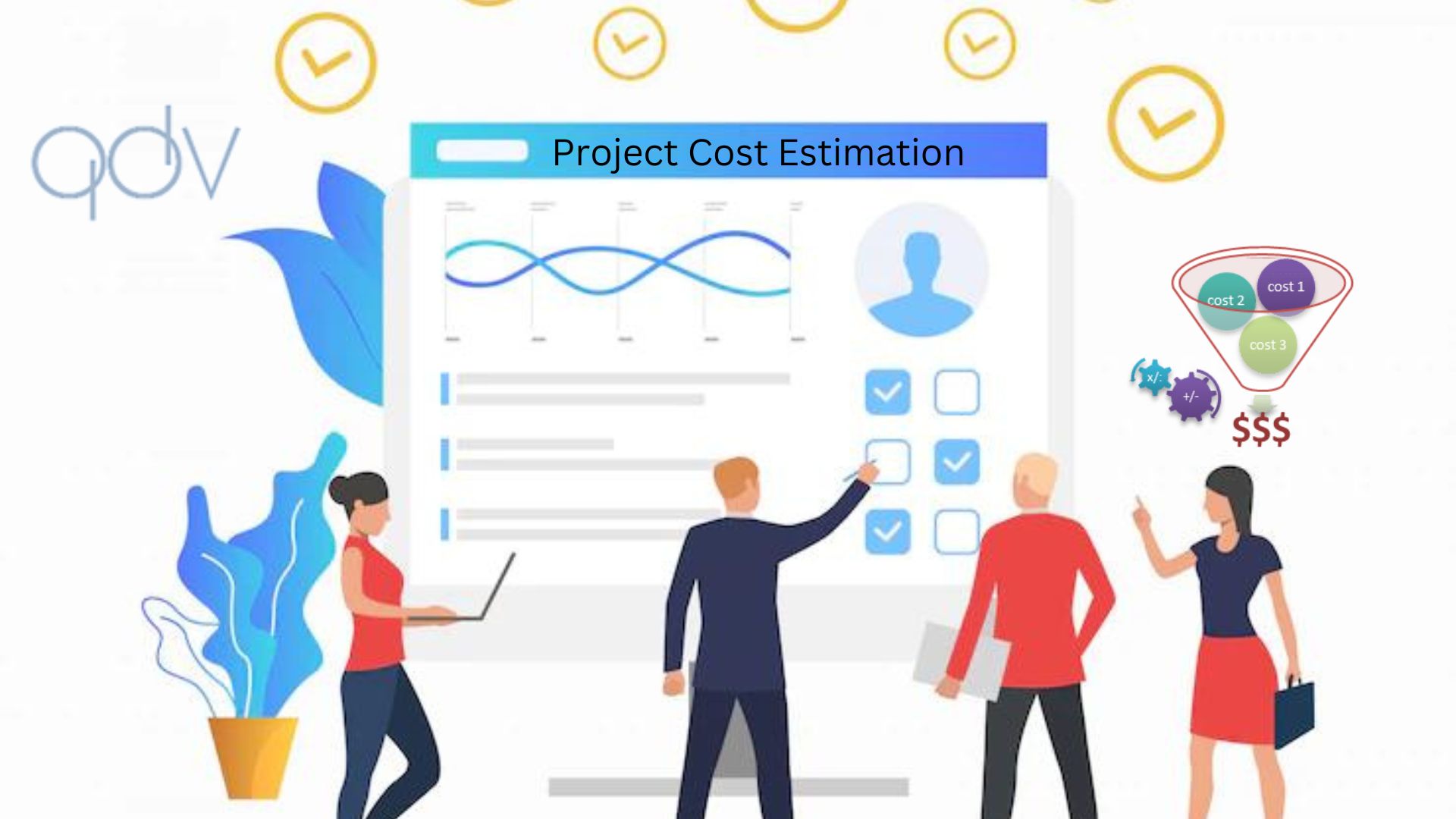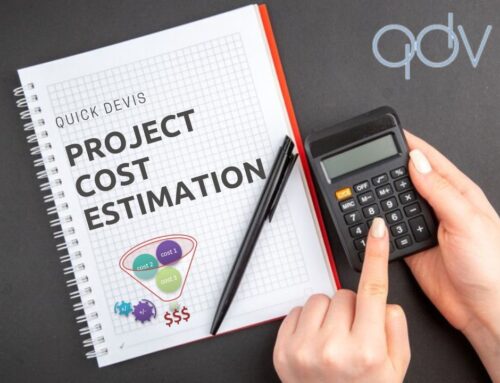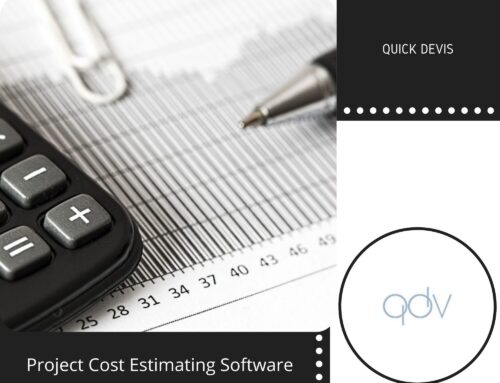No matter how much time you invest in project planning, developing proposals, or communicating with clients. If you don’t accurately estimate the project’s cost, all your hard work will be in vain.
Project cost estimation assists you in determining the appropriate fee to charge a client for an upcoming project. But if you make a mistake, you’re suddenly forced to work on a project that costs your team time and money. In contrast, it doesn’t bring in any money for your agency.
It is challenging to make an accurate project cost prediction. It necessitates considering similar projects your agency has previously worked on. Besides, how much time was spent, and whether the profitability was worthwhile for your firm to invest in.
Bottom-Up Estimation
A process that involves dividing a project into its component tasks and predicting how much each one will cost is known as “bottom-up estimation.” It can predict how much a project will cost. By gathering data from previous projects and soliciting input from your team, you may perform the project cost estimation by working your way up.
List all of the project’s tasks covered by your estimation first. Then, determine how much time each task will require from each team member. A correct toolbox will fasten this process. The project budgeting tools in a team let you determine the cost of each activity based on anticipated labor and payment rates.
With the right tool, you will have a precise bottom-up estimation of the project’s billable hours if you repeat this process for each activity.
Three-Point Estimation
The three-point estimation may be a helpful project cost estimation if you need more time.
The Program Analysis and Review Technique PERT is a loose foundation for this method. Along with general prices and timetables, this procedure considers the time you’ll need to spend on the project. After this, it asks you to predict the project’s three possible outcomes: if it goes well, OK, and poor.
Your estimate must be based on previous project data by using this strategy. If it isn’t, it will throw the total estimation off, which could have catastrophic effects on how accurately you estimate the cost of your project.
Parameter Estimation
The parameter estimation is similar to the bottom-up estimation. It also depends on data from previous projects to help improve the accuracy of your new estimate. The project cost estimation will be more accurate, despite calculations making it more time-consuming than other methods.
First, estimate how much time you believe your team will need to complete each activity to get started. Then, gather data from other projects your organization has performed similar to this and compare them. These records can create an exact time estimate for each job.
Once you’ve calculated the billable hours for each work, compare it to the hourly rate of a team member. This approach recognizes that one segment will have a different billable rate than the other, distinguishing it from bottom-up estimation. The ultimate cost estimate will be more accurate as resource costs become more precise.
Conclusion
Calculators and spreadsheets alone are insufficient to estimate a project’s cost accurately. Project managers must consider the workloads of their teams, cost projections, and any unforeseen costs that have previously arisen.
Project managers can predict how much a project will cost on the basis of work they’ve already accomplished for other clients. It can be done by extracting prior project data to combine with cost estimation techniques.
Finally, various estimating tools and techniques are available for perfect cost estimations. Quick Devis also provides services to companies for calculating the appropriate cost predictions. Visit our excellent project estimation facilities that you may need.





Leave A Comment
You must be logged in to post a comment.